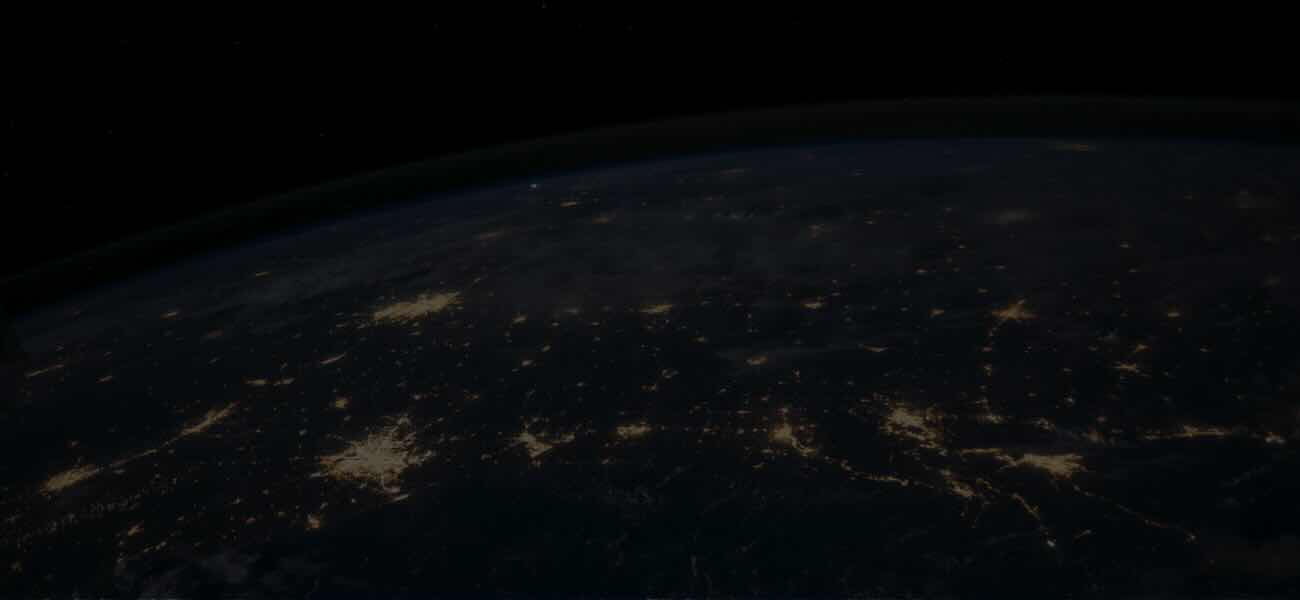NDB is one of the earliest adopters and developers of atomic voltaic cells for mid and high-power applications.
The never-recharge battery produces stable power by converting the energy released from radioactive decay into usable energy throughout its lifetime, which is generally many years.
Nuclear batteries have been around for some time, but they are limited to low-power applications due to their efficiency.
NDB envisions optimizing this technology for higher-power applications and proposes the reuse of nuclear fuel through recycling to extract radioisotopes.
Isotopes from recycled nuclear waste or a reactor release a high level of energy particles that can be transformed into usable energy.
Applications
Data Center
Industries
Consumer Electronics
Marine
Automotive
Aviation
Medical Technology
Quantumaro
Space

Data Center
Across the world, people rely on data centers to save their important documents and valuable memories to serve them in a trustable way. NDB can provide data centers with power independent from local power sources. In case of interruptions in energy, data centers would continue to power computers.

NDB combines an emitter, an NDB T1 transducer, and a collector that forms an ohmic and Schottky contact. Different dopants enhance the structure.
The energetic radiations released from radioactive decay scatter and deposit energy into the transducing elements. The isotope, together with the host, generates electricity on its own.
Several single units are attached to create a stack arrangement. These make a positive and negative contact surface similar to a standard battery system.

NDB combines an emitter, an NDB T1 transducer, and a collector that forms an ohmic and Schottky contact. Different dopants enhance the structure.
The energetic radiations released from radioactive decay scatter and deposit energy into the transducing elements. The isotope, together with the host, generates electricity on its own.
Several single units are attached to create a stack arrangement. These make a positive and negative contact surface similar to a standard battery system.
The Power Source
NDB aims at converting power from more than one type of radiation and therefore has a broad spectrum of radioisotopes to power its nuclear voltaic cell. It can achieve this feat by using a unique and flexible design structure compatible with its prospective radioisotopes.
NDB technology envisions addressing the world's energy source challenges by potentially generating electricity from nuclear waste or radioisotopes safely for extended periods, potentially ranging up to the hundreds of years. The goal is to create an environmentally friendly battery system that could find a strong market presence.
The Power Source
Thin-Film Structure
rcRE System
NDB T1
NDB Recycling process
NDB Safety Strategy
DID Strategy
Multi Barriers Safety Features
Lock-in System
NDB vs Standard Batteries


We can see that, unlike other battery types, the NDB source does not wear out over time.
NDB Cell
Main components
Self sufficient
NDB Cell
We can see that, unlike other battery types, the NDB source does not wear out over time.
NDB Safety Strategy
According to three main safety strategies, the NDB has been built to fulfill the international nuclear safety standards associated with systems, equipment, or materials.
The key principle of DiD is to create multiple independent and protective layers of defense to compensate for any NDB potential human and mechanical failures. The stacks and the source are coated with a layer of polycrystalline diamond (PCD), which is known for being the most thermally conductive material. It also can contain radiation within the device and is the hardest material, twelve times tougher than stainless steel. This makes our product extremely robust and tamperproof.
A featured barrier integrity safety design guard against a release of radioactivity to the environment and public and cover the three most important aspects of protection: thermal, mechanical, and radiation.
NDB uses an ion implantation mechanism called a "lock-in system," which prevents access to radioactive material. This increases usability by meeting consumer safety requirements.
Learn more about us FAQ
What is NDB?
What is the problem with traditional batteries, and how can NDB solve it?
What is the problem that we are solving?
How will NDB change the world? What is the bigger picture and vision?
Why is nobody else doing it? What is the current workaround, and how well does it address the problem you are solving?
Is it safe? (explosion, heating, radiation)


